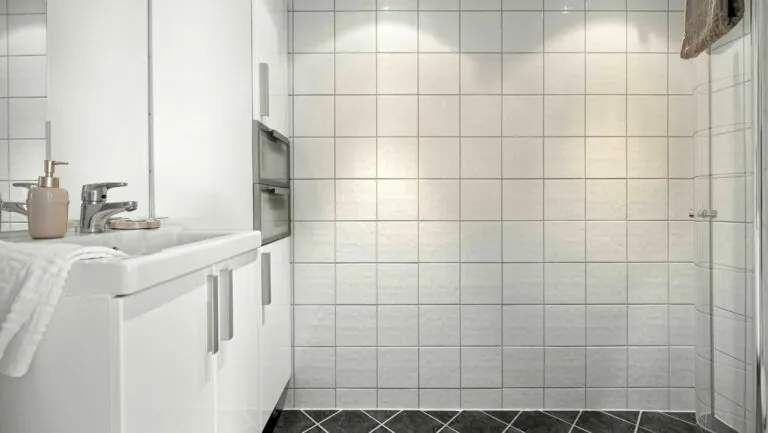In a world where notifications ping louder than a toddler in a toy store, digital minimalism offers a refreshing escape. It’s like decluttering your closet but for your digital life—trading endless scrolling for meaningful connections. Imagine swapping your phone’s endless app parade for a peaceful existence where screen time doesn’t dictate your happiness.
Table of Contents
ToggleUnderstanding Digital Minimalism
Digital minimalism provides a framework for managing digital usage intentionally. It encourages people to focus on meaningful digital interactions instead of being overwhelmed by distractions.
Definition and Principles
Digital minimalism entails simplifying technology use to enhance life quality. This approach prioritizes essential tools that align with personal values and goals. It advocates for intentional engagement with technology. Individuals can experience greater joy and productivity by eliminating unnecessary apps and notifications. Emphasizing mindful interactions helps users connect deeply without the constant digital noise. Many find that embracing this lifestyle fosters a sense of peace.
Historical Context
The roots of digital minimalism trace back to the early 2000s with the rise of smartphones and social media. As technology proliferated, people began facing digital overload. Influential thinkers like Cal Newport popularized the concept through his book, “Digital Minimalism.” This philosophy gained traction amid growing concerns about mental health and well-being in the digital age. Awareness about the impact of constant connectivity has fueled interest in digital decluttering. The movement seeks to create a balanced approach to technology use. Many now recognize the need for a clearer distinction between digital engagement and everyday life.
Benefits of Digital Minimalism

Digital minimalism offers several distinct advantages, enhancing users’ overall well-being and daily lives. Focusing on intentional tech usage leads to multiple positive outcomes.
Increased Focus and Productivity
Eliminating distractions from excessive digital engagement significantly boosts focus. Simplifying technology choices allows individuals to devote time to high-priority tasks. Users report heightened productivity when they engage only with essential applications and tools. Research indicates that a reduction in notifications leads to less task-switching, allowing for deeper concentrations on individual projects. This concentrated effort often results in completing work more efficiently and effectively. Implementing digital minimalism creates a structured approach to daily schedules, optimizing productivity levels.
Improved Mental Health
Adopting a digital minimalist lifestyle positively impacts mental well-being. Individuals often experience reduced anxiety when they limit their exposure to constant online stimuli. Fostering meaningful connections becomes easier when distractions diminish. Studies show a correlation between reduced screen time and lower levels of depression and stress. This intentional approach encourages individuals to engage in offline activities that promote happiness. Creating boundaries around technology use leads to a more balanced life, supporting emotional health and overall contentment.
Implementing Digital Minimalism
Implementing digital minimalism requires evaluating current digital habits and making intentional changes. Assessing digital usage serves as the first step toward a more intentional tech life.
Assessing Your Digital Usage
Begin by tracking daily screen time across all devices. This self-monitoring reveals patterns and shows time spent on various applications. Analyze which applications contribute to meaningful interactions and which ones lead to distractions. Identify notifications that demand attention yet offer little value. Regularly reviewing this data provides insight into digital habits. Individuals who recognize their usage patterns can make informed decisions about technology.
Strategies for Simplification
Setting specific goals aids in simplifying digital experiences. Remove non-essential apps from devices to create a streamlined environment. Prioritize essential tools that align with personal values and daily routines. Limit social media usage by scheduling specific times for engagement. Challenge oneself to engage in tech-free activities, such as reading or exercising. Encouraging deeper relationships is possible by fostering real-life interactions over digital ones. Many find that implementing these strategies enhances overall quality of life.
Challenges of Digital Minimalism
Digital minimalism presents unique challenges that individuals must navigate to fully embrace this lifestyle. Overcoming these hurdles is essential for achieving a more intentional technology use.
Overcoming Resistance
Resistance often arises when trying to change established habits. A strong attachment to devices and applications can create discomfort during the transition. Individuals find it helpful to start with small adjustments, such as limiting usage of just one app. Focusing on positive experiences, like increased productivity and reduced anxiety, often reinforces commitment. Seeking support from others who share similar goals can also ease the journey. Building a community provides encouragement, creating shared accountability that motivates continued progress.
Balancing Technology Use
Balancing technology use requires conscious effort and planning. Understanding personal values plays a significant role in this process. Identifying which tools contribute value and which lead to distraction helps streamline digital experiences. Setting specific time limits for everyday tasks such as checking emails and social media promotes discipline. Engaging in regular reflection supports ongoing evaluation of technology’s role in daily life. Committing to tech-free time fosters deeper connections and enhances emotional well-being, creating space for more meaningful interactions outside the digital realm.
Embracing digital minimalism can transform how individuals interact with technology. By prioritizing meaningful connections and reducing distractions, it fosters a healthier relationship with digital devices. This intentional approach not only enhances productivity but also significantly improves mental well-being.
As individuals take steps toward simplifying their digital lives, they often discover a renewed sense of purpose and fulfillment. The journey may present challenges, but the rewards of deeper connections and a more balanced lifestyle make it worthwhile. Digital minimalism isn’t just a trend; it’s a path toward a more intentional and joyful existence in an increasingly connected world.





